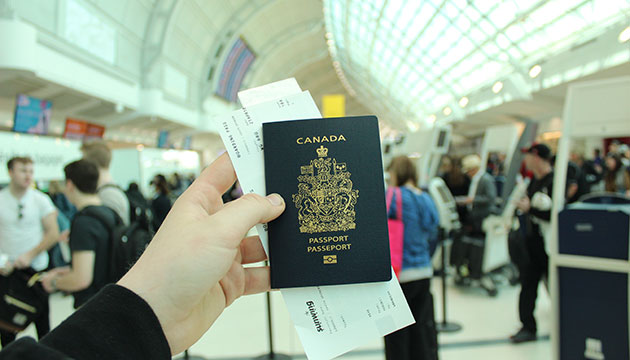March 16, 2024 — When the federal government tables its budget on April 16 this year, Canadians can expect to hear measures to address housing.
Housing is one of the top concerns of Canadians, and people of Filipino heritage are no exception.
So how do Canadian Filipinos fare when it comes to housing?
Canadian Filipino Net took a look at two studies by Statistics Canada to find some answers.
One is titled “The housing trajectories of Canadian-born racialized population groups”, and it was published on December 21, 2023.
“The home is an anchor for personal, familial and social life,” states the study prepared by Max Stick, Feng Hou, and Christoph Schimmele.
Across racialized groups in their 20s, the authors state, the highest rates of co-residence with parents were observed among South Asians (86 percent to 91 percent), Chinese (79 percent to 84 percent), and Filipinos (82 percent to 85 percent).
Among White people of the same age range, the rate of co-residence with parents is 56 percent to 62 percent.
By their late 20s, a majority (50 percent to 71 percent) of South Asian, Chinese, and Filipino people still lived with their parents.
Why is co-residence with parents an important thing to note?
The study notes: “In the age groups of 20 to 24 and 25 to 29, homeownership rates for Filipino, Southeast Asian, Arab and West Asian, Korean, and Japanese people were higher than those for White people.”
“Differences in homeownership rates among population groups in their 20s were closely related to differences in rates of living in the parental home. For South Asian, Chinese and Filipino people, their very high ownership matched their very high rates of living in the parental home.”
The other Statistics Canada study is titled “Housing Experiences in Canada: Filipino people in 2016”.
Released on October 12, 2022, the paper was written by Jeff Randle, Zachary Thurston and Thierry Kubwimana.
The data was based on the 2016 Census, and the paper focuses on Filipinos living in private dwellings.
The study notes that according to the 2016 Census, Filipino people were “less likely than the total population to live in a private dwelling owned by a member of their household”.
Specifically, of the 780,125 Filipino people in Canada, 63.7 percent lived in a private dwelling owned by a member of their household, compared with 71.6 percent of the total population.
Also, the proportion of Filipino people living in rented dwellings (36.3 percent) was higher than that of the total population (26.6 percent).
Moreover, the proportion of Filipinos living in subsidized rented dwellings (2.7 percent) was at a similar rate as the total population (3.3 percent).
The study also notes that of the 282,815 Filipino people who lived in rented dwellings, 20,795 (2.7 percent of all Filipino people) lived in subsidized housing, and 262,020 (33.6 percent) lived in non-subsidized housing.
The paper also states that of the 496,775 Filipino people who owned their home, or lived with someone who owned their home, 440,120 (56.4 percent of all Filipino people) lived in a dwelling with a mortgage, and the remaining 56,655 (7.3 percent) lived in a dwelling without a mortgage.
As well, Filipinos were less likely to live in an owner-occupied dwelling without a mortgage (7.3 percent) than the total population (23.3 percent).













